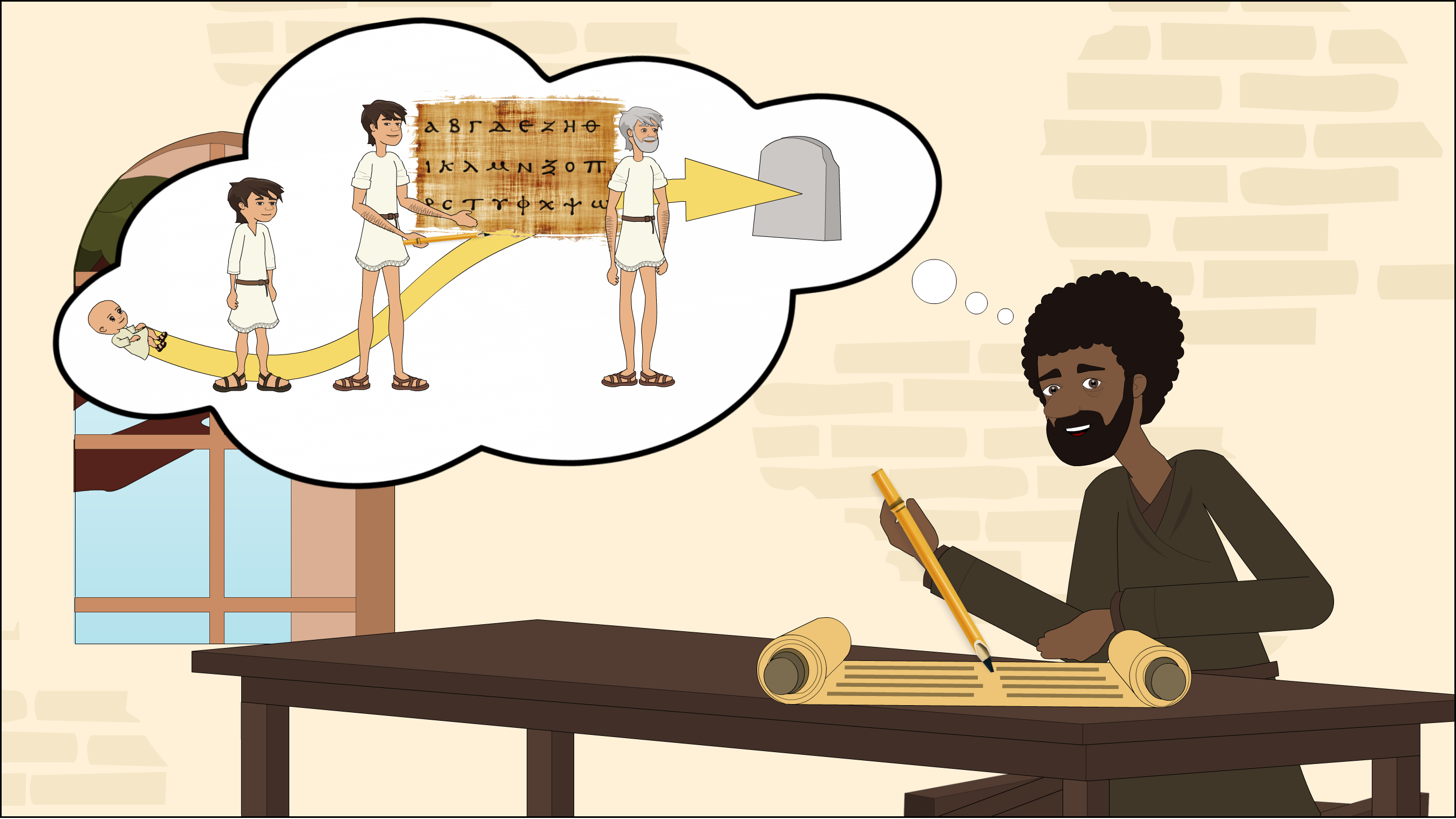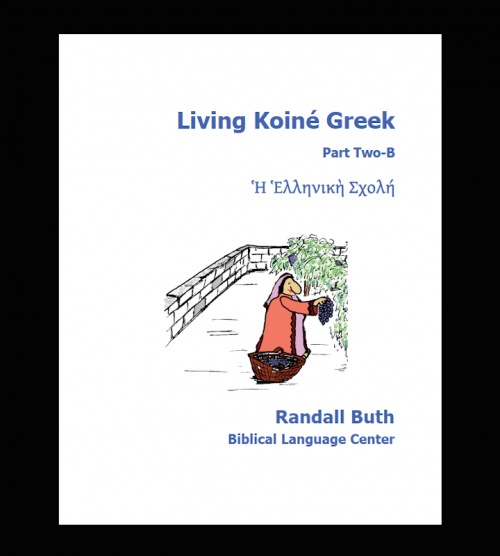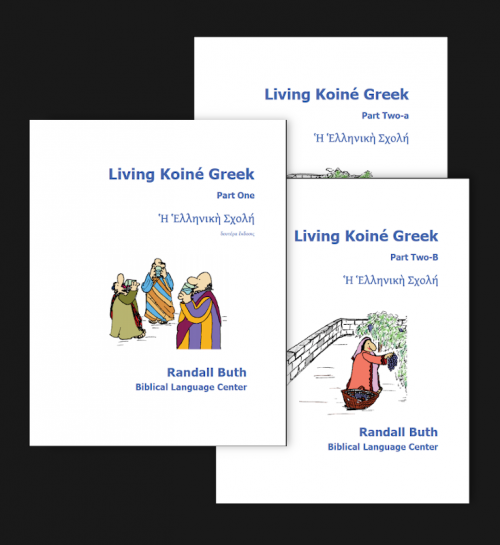NEWLY RELEASED! Freshly designed interactive material for natural, efficient language learning!
BLC Online – Living Koiné Greek: An Introduction, Levels D-F (beta)
$125.00
Description
Continue effective learning with the latest installment of our redeveloped Greek curriculum!
Living Koine Greek: An Introduction, Levels D–F (beta) provides a (second) semester’s worth of interactive Greek learning material!
For reference, this new course is the sequel to Living Koine Greek: An Introduction, Levels A-C.
What’s in the course?
Levels D–F are made up of Units 7–13, which continue the life of Σιμωνείδης and take you further into the Greek language. However, the story of Σιμωνείδης will no longer be autobiographical (first person) as it was in Units 0–6, but rather biographical (third person), reflecting the literary genre of Greco-Roman βίος (biography), as modeled in Plutarch’s Lives (e.g., Life of Alexander) and, similarly, in the four Gospels of the New Testament. It is thus a higher register, which will increase your skill in reading more authentic literary texts. The story of Σιμωνείδης will be described again, and some of the language functions/contexts (e.g., getting oneself dressed, going through a school day, talking about one’s family, and preparing for a dinner party) will be rehearsed again, but with different verb tenses (imperfect, aorist, and participle), in greater detail, and with more vocabulary. This provides a familiar background—which will be greatly reinforced!—that will allow you to build from and progress even further in your command of the Greek language.
What is the Living Koine Greek curriculum?
five principles upon which the curriculum is based
Ancient conversation manuals
The curriculum is based on authentic material from conversation manuals used in the Greco-Roman world to learn language.
Language-task oriented
Just like learning a real language, the curriculum is focused on equipping students to achieve language tasks rather than memorize paradigms.

Continuous narrative story
To engage students and get them comfortable in discourse, the curriculum is tied together by a continuous, cohesive narrative story.
A lot of audio/video material
We learn best by seeing and hearing a language in action. The curriculum has loads of cartoons and audio/visual content integrated into the homework.

Greek New Testament
Although the curriculum’s goal is to teach Koine Greek (not just one text), the language gained through the four principles outlined above leads in to reading New Testament texts.


Based on Greco-Roman conversation manuals
The material is based on ancient Greco-Roman conversation manuals and is thus geared towards developing authentic fluency⧸proficiency. Because these conversation manuals were actually used in school contexts in the ancient world for those wanting to learn Greek, they cover some of the most necessary language-learning material for a beginner in an authentic way.
Focused on language tasks/situations
Each unit is centered around a particular language task, scene, or situation (e.g., going to school, meeting someone new, throwing a dinner party). In each scene, a set of grammatical features are highlighted and taught through exercises incorporating communicative linguistic tasks.


Centered around continuous narrative story
The curriculum is tied together by a continuous, cohesive narrative story that progresses with the students through each unit and corresponds to the language tasks and grammar they are learning. In this way, students are able to contextualize what they are learning within the wider context of a larger discourse, which is important for rounding out their language learning.
Leads into reading the Greek New Testament
Learning the vocabulary and grammar associated with the language tasks leads to reading texts from the New Testament. Most of those interested in learning Koine Greek are doing so because they eventually want to read the New Testament. Therefore, even though the curriculum is based on the linguistic scenes outlined in the Greco-Roman conversation manuals, the vocabulary and grammar gained through these linguistic situations will be used as a springboard to read NT texts with a fuller cultural background.


To access this resource, click “Add to Cart” and then “Checkout” (in the right column). In the check-out process, please be sure to use a correct email address. Proceed until you click the button “Place Order.” If you do not already have an online learning account with us, you will first receive an email that your order has been received. Then, within 24 hours you will receive another email with the subject “Biblical Language Center Online: New user account.” This will provide 1) the URL where you will be able to access the online material, 2) your user name required to login, and 3) a temporary password that you will be asked to change when you first login.
Enjoy your studies!






